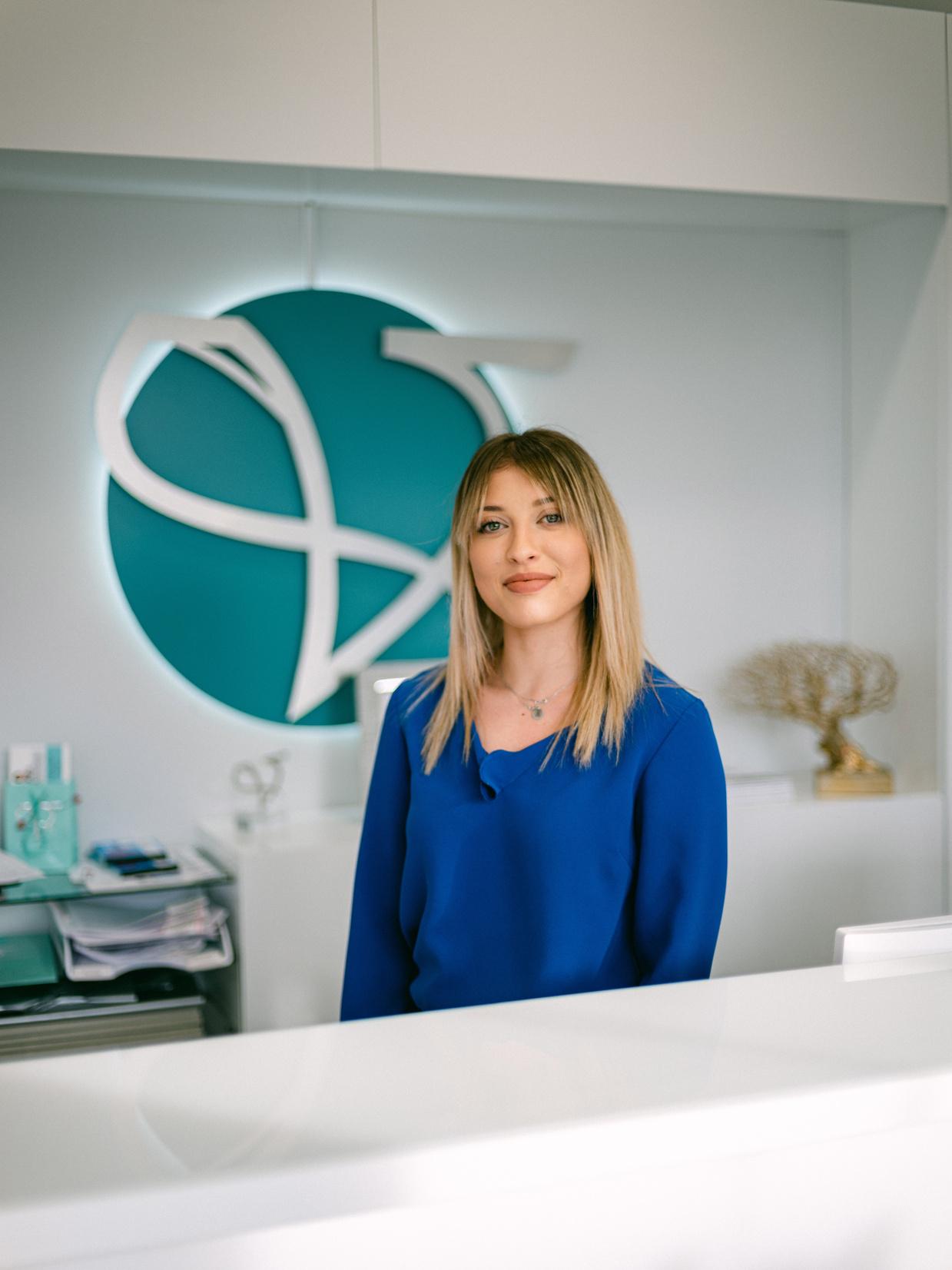
3 minute read
T H E P O W E R O F O U R T H O U G H T S
The most common issues affecting our well-being are worry about the future (63%), feeling stressed or anxious (56%), and feeling bored (49%).
The question is, what can we do to help ourselves and to break this vicious circle?
by Anna Kesanli
Psychologist & Life Coach at Vie Aesthetics
THE IMPACT OF THE PANDEMIC ON OUR MENTAL HEALTH Over two-thirds of adults in the UK (69%) report feeling somewhat or very worried about the effect COVID-19 is having on their lives and many are reporting postlockdown re-entry anxiety. Maybe this is not surprising, if we consider the changes to our lives, combined with the discourse of doom and gloom surrounding us. In addition, the increased use of social media can reinforce comparisons of oneself with idealised images and (projected) lives of others. No wonder then, that we can end up with a lot of negative thinking and negative self-talk, which in turn affects our wellbeing. Well, I think a good place to start looking for answers is the field of Positive Psychology.
POSITIVE PSYCHOLOGY By focusing on topics such as life satisfaction, well-being, gratitude and selfesteem, Positive Psychology offers an insight into how people can flourish and reach self-actualisation. The belief is that one’s thoughts can have a massive impact on their perspective, their attitude, their behaviour and consequently on their life.
OUR THOUGHTS Positive thoughts are the ones projecting a positive mental and emotional attitude towards life, whilst negative thoughts are stronger and more frequent due to evolution for survival reasons. Both negative and positive thoughts are equally necessary for success. The key is to be aware and selective of what is more effective for our goal. We are advised to first take stock, acknowledge, and accept our negative thoughts, in order to then challenge them. This way we can overcome their negative effect and maintain a positive attitude towards life. BUT HOW DO WE DO THAT? Here are some simplified steps drawing on the practice of Acceptance and Commitment Therapy (ACT) and Cognitive Behavioural Therapy (CBT):
THINK POSITIVE BE POSITIVE

ROADMAP TO A POSITIVE OUTLOOK

01
Journalling, is a great way to become aware of your thoughts and feelings. By taking a mental or written note, you can identify the triggers, the source and accept its effect. What to do? Keep a diary, on your phone or mentally. Write down any negative thoughts, any feelings that are troubling you. Keeping a record will help you become aware of them and is the first step towards become aware of that lingering thought or feeling.
02
Once these thoughts and feelings are recognised accept them by saying how you feel and what they are. This will help you accept them rather than avoid or keep them buried at the back of your mind whilst you're feeling guilty that you are feeling them. Acceptance is the first step towards challenging them.
03
Unravelling Cognitive Distortions; comes after you become aware of your distortions (worries, negative self-talk, etc). Once you identify these distortions you can explore their roots and begin to challenge them and move towards changing these thoughts. Ask yourself: what is the root of these thoughts or feelings? What is the trigger? Why am I affected?
04
Cognitive Defusion; challenge these thoughts and feelings and alter them and the way you react. Ask yourself: Is this true? Is there a chance I am wrong? What is the reality? What have i achieved so far? These questions are examples. Another way is to say the opposite ,eg. "I am not enough" becomes " -I am enough, because… "
These practises are relevant now more than ever. Practising these techniques can help reframe these negative thoughts alleviate anxiety, help us realise that we are capable and motivate us to work towards our goals at our own pace!
Anna Kesanli (BSc, MSc) is a trained Psychologist and certified Life Coach, who provides Life Coaching sessions at Vie Aesthetics. Suffice to say, she’s pretty busy –and very talented! “Our clinic is a lovely, positive environment, ” Anna says. “Every client walks out happy and excited after their treatment. Our clients are like family members once they’ve been a few times. ”







